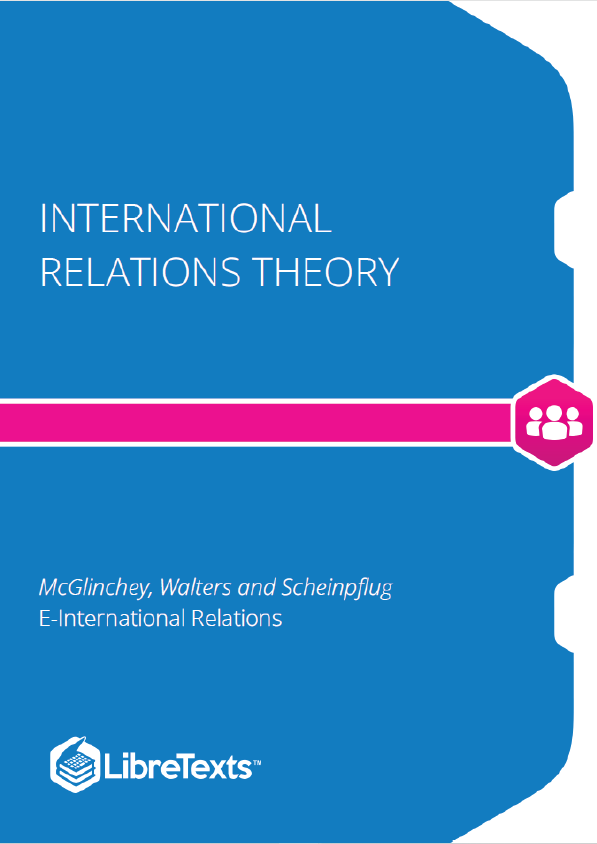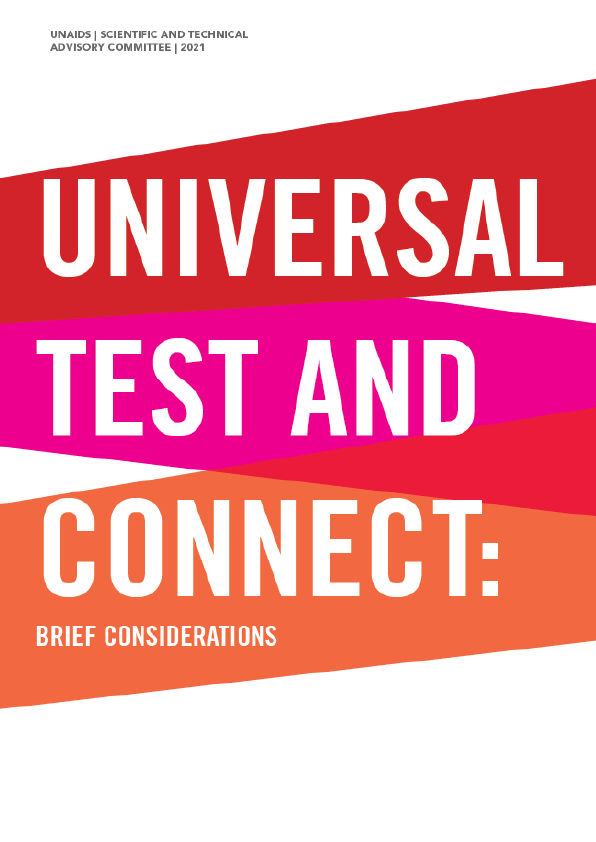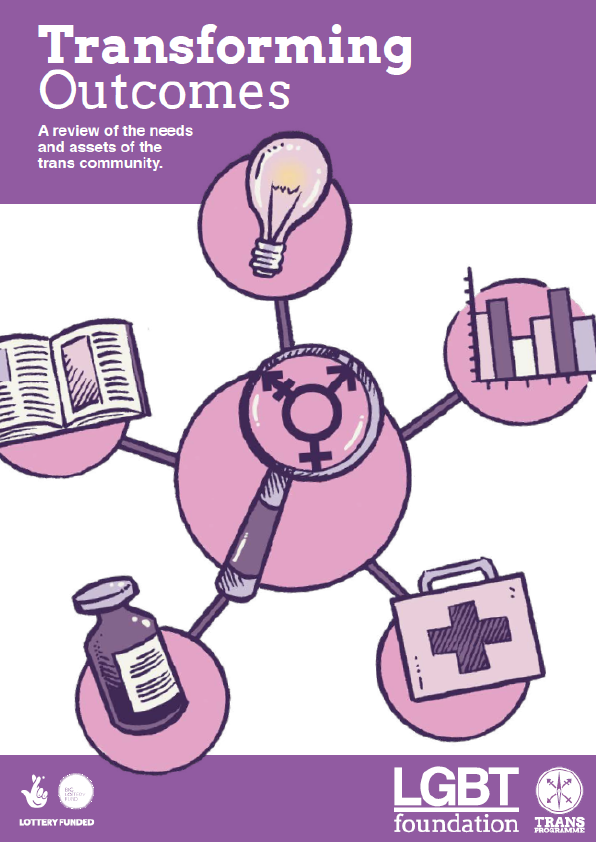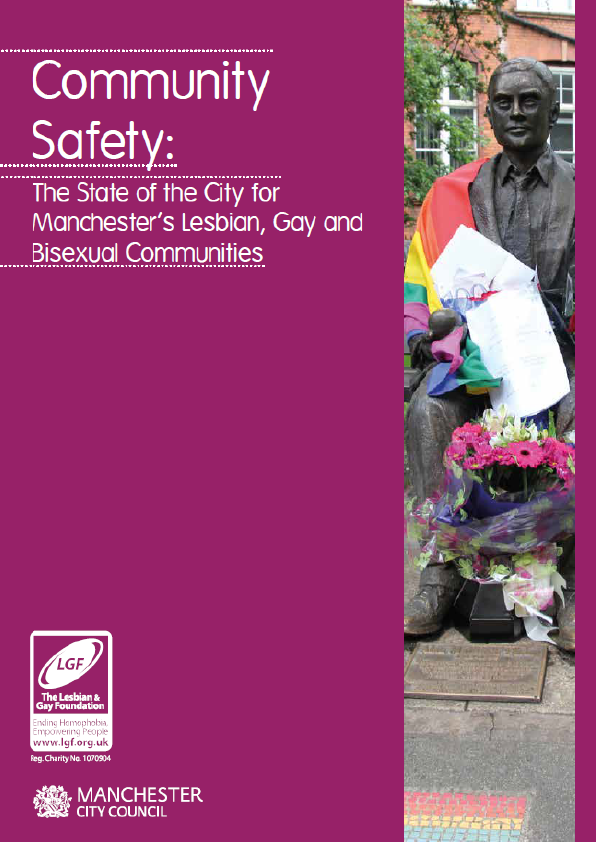This book is designed as a foundational entry point to International Relations theory – structured to condense the most important information into the smallest space and present that information in an accessible manner. The first half of the book covers the theories that are most commonly taught in undergraduate programs. The book then expands to present emerging approaches and offer wider perspectives. Each chapter sets out the basics of a theory whilst also applying it to a real-world event or issue, creating a lively, readable and relevant guide that will help students to see not only what theories are – but why they matter.
structured to condense the most important information into the smallest space and present that information in the most accessible manner in order to introduce this area of study in a fresh way. It is recommended that you first consult this book’s companion text International Relations (McGlinchey 2017) so that you have a fuller understanding of the discipline of International Relations before you delve into IR theory, which is one of its more difficult elements. Theories of IR allow us to understand and try to make sense of the world around us through various lenses, each of which represents a different theoretical perspective. They are ways to simplify a complicated world. In a familiar analogy, theories are like maps. Each map is made for a certain purpose and what is included in the map is based on what is necessary to direct the map’s user. All other details are left out to avoid confusion and present a clear picture. Since a picture paints a thousand words, go to Google and type in ‘Singapore MRT’ and then click on images. There you will see a map of Singapore’s Mass Rapid Transit network. Enlarge it and stare at it for a moment. What you see there are lines, stations and some basic access information. You will not see public toilets, roads, banks, shops (and the like) charted as these are not essential to travelling on the system. Theories do a similar thing. Each different theory of IR puts different things on its map, based on what its theorists believe to be important. Variables to plot on an IR map would be such things as states, organisations, people, economics, history, ideas, class, gender and so on. Theorists then use their chosen variables to construct a simplified view of the world that can be used to analyse events – and in some cases to have a degree of predictive ability. In a practical sense, IR theories can be best seen as an analytical toolkit as they provide multiple methods for students to use to answer questions.
Some students love studying IR theories because they open up interesting questions about the world we live in, our understanding of human nature and even what it is possible to know. Some students, however, are eager to get straight to the real-life (often described as ‘empirical’) case studies of world events that made them want to study IR in the first place. For these students, studying IR theory might even seem like a distraction. Yet it is crucial to point out that embarking on the study of International Relations without an understanding of theory is like setting off on a journey without a map. You might arrive at your destination, or somewhere else very interesting, but you will have no idea where you are or how you got there. And you will have no response to someone who insists that their route would have been much better or more direct. Theories give us clarity and direction; they help us to both defend our own arguments and better understand the arguments of others.











